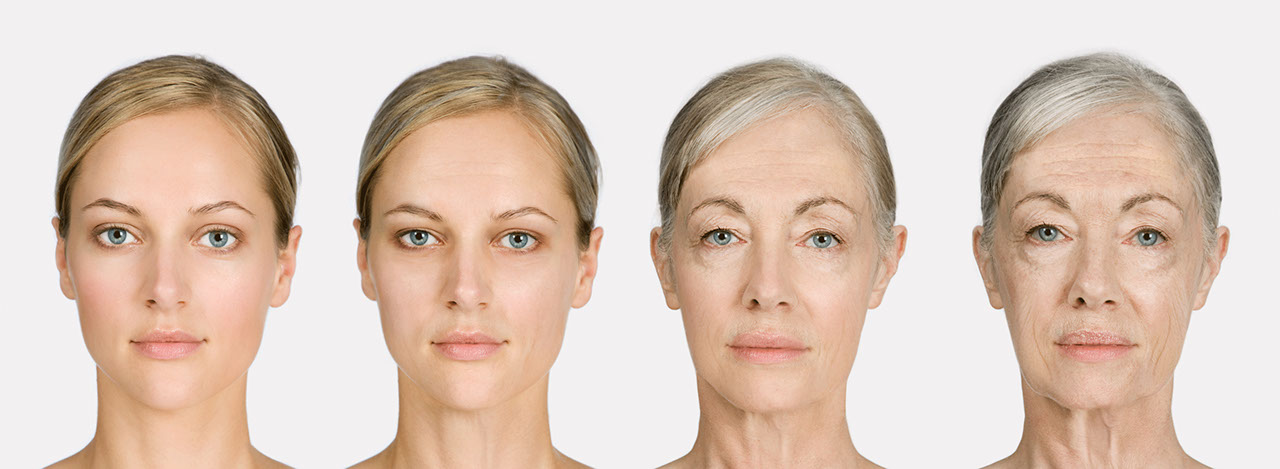How Exercise Can Benefit Your Skin

Exercise reduces risk for many diseases and benefits skin health, too. Exercise can prevent or improve some skin conditions and even slow signs of skin aging.
You’ve likely heard about the host of benefits associated with exercise from news reports or from your doctor. For example, regular physical activity can lower your risk of cardiovascular disease, breast and colon cancer, osteoporosis, and stroke and even improve mental health, according to the National Institute on Aging (NIA).
Researchers have found several ways exercise is important for skin health. For instance, exercise increases your blood flow, carrying oxygen and nutrients to your skin, helping to nourish your skin cells and keep them vital and even promote the growth of new skin cells.
What’s more, regular physical activity can do something countless beauty treatments and creams have long promised (with few tangible results). Exercise can slow down measurable signs of skin aging.
YOU MIGHT ALSO LIKE: Treating Psoriasis May Help You Avoid Dementia
An exercise “prescription” for psoriasis
Dermatologist Babar K. Rao, MD, professor of dermatology and dermatopathology at Rutgers Robert Wood Johnson Medical School and an adjunct associate professor at Weill Cornell Medical School, along with co-investigators, examined a large database of scientific reports about exercise and the skin. The study, published in the Journal of the American Academy of Dermatology, provides evidence exercise can play an important role in helping to treat or even prevent some specific skin conditions and diseases.
Psoriasis is a case in point. This autoimmune skin disease causes red, itchy, scaly patches, most commonly on your elbows, trunk, knees, and scalp. The symptoms of psoriasis often go through cycles, flaring for a few weeks or months and then going into remission for a while. Avoiding common triggers linked to psoriasis flares — including stress, cold weather, and skin injuries — can help keep the symptoms under control, according to the National Institutes of Health.
It appears working out regularly can also be helpful. The research by Rao and co-investigators found the risk of psoriasis was significantly reduced, at least in women, with vigorous exercise. Aerobic and calisthenics were most effective at keeping the skin disease at bay.
How exercise can help venous leg ulcers
Normally, if you scrape or cut your leg, your body quickly starts the process to heal and close the wound, even if it leaves a scar. But venous leg ulcers are different. They are open leg sores, most often on your ankles, caused by problems in circulation in leg veins.
Valves inside leg veins control blood pressure when you walk. When these valves are damaged, blood pressure inside your leg veins doesn’t fall as it should when you walk. Instead, it increases and causes the shallow wounds known as venous ulcers, the American Academy of Family Physicians Foundation explains.
This skin problem is primarily found in people who are 55 and older, most often in people (especially women) who are overweight or have had blood clots or leg injuries.
While elevating the legs for a while daily and wearing pressure special stockings are usually prescribed for venous ulcers, the analysis of skin disease research and exercise by Rao and colleagues found certain exercises could help treat the condition.
Specifically, progressive resistance exercises (especially heel raises) and prescribed walking for 30 minutes more than three days per week are the most beneficial for managing and improving venous ulcers.
Exercise to slow skin aging
There’s no way to turn back time, but exercise may help keep your skin looking and feeling younger, longer.
Skin is exposed to multiple factors that contribute to skin aging. It’s not only your genetics and how many years you’ve lived but also sun exposure and other environmental factors that play a role. Skin aging is characterized by loss of elasticity, a rougher textured appearance and wrinkles.
The report on exercise and skin studies concluded regular exercise, consisting of more than four hours a week of aerobic exercise, can significantly slow skin aging — including reducing skin thinning — compared to being sedentary (exercising less than an hour a week).
“Exercise is an important part of maintaining your overall health, including your skin,” Rao says. “Whether you are seeking anti-aging effects or help managing a skin condition, it’s important to talk with a board-certified dermatologist about all the preventative steps you can take. I also recommend consulting with your doctor before beginning any new exercise regimen.”
Updated:
April 20, 2022
Reviewed By:
Janet O’Dell, RN